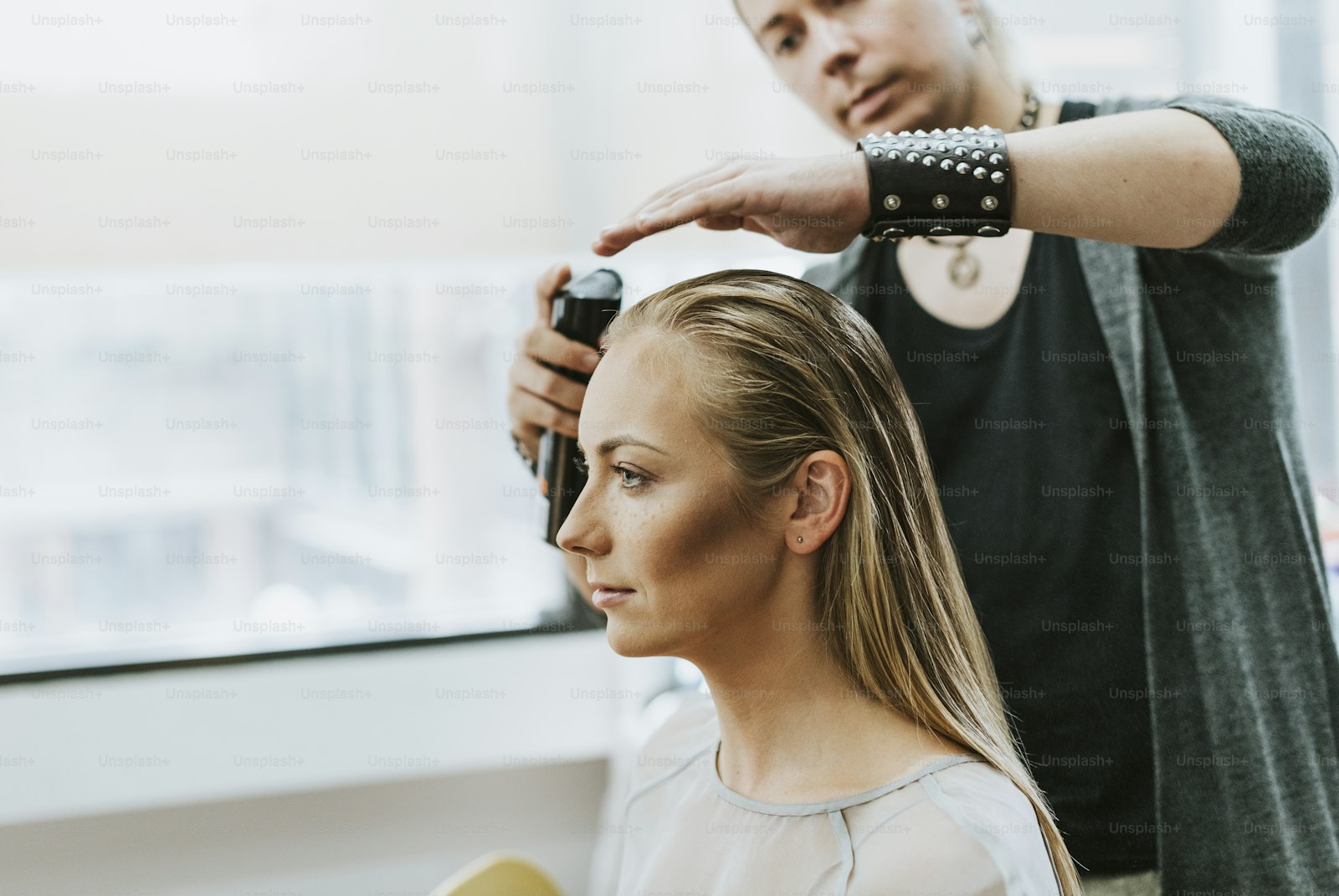Competition Cutting Prep
Training schedule, tool selection, and presentation standards for haircut competitions.

8-week competition timeline
| Week | Focus | Key actions |
|---|---|---|
| 8 | Select competition + category | Confirm rules, score sheets, model requirements, and deadlines. Log everything in your competition prep scorecard. |
| 7 | Tool audit | Tune primary/backup shears, razors, irons. Schedule sharpening and customization if needed. |
| 6 | Look design | Sketch silhouette, color story, wardrobe, and stage choreography. Test on mannequin. |
| 5 | Technical drills | Run timed service reps (prep + finish), adjust sections for stage lighting visibility. |
| 4 | Feedback loop | Film full run-through, review with mentor/judge, tweak choreography. |
| 3 | Model prep | Finalize model, establish prep guidelines, book conditioning/toning sessions. |
| 2 | Showcase polish | Practice presentation script, refine wardrobe, build kit packing list. |
| 1 | Taper & rest | Light drills, tool sterilization, final checklist review, travel logistics. |
Competition toolkit
- Primary shears: 6.0” convex, 5.5” precision detail, 40-tooth blender.
- Finishing tools: Razor with fresh blades, detailing comb set, finishing spray, invisible wax.
- Stage kit: Battery-powered clipper, extension cords, lighting tape, anti-static cloth, timer.
- Documentation: Printed rules, scoring rubric, look storyboard, product list, sponsorship signage.
- Model support: Snacks, hydration, robe, emergency repair kit, waiver forms.
Pack the kit in labeled cubes so stage assistants can locate everything in seconds.
Scoring rubric alignment
| Category | Weight | How to maximize |
|---|---|---|
| Technical execution | 40% | Precision sections, balanced weight removal, impeccable finish. Use pre-run QA with Sharpening Blueprint. |
| Creativity & suitability | 25% | Look must fit model bone structure and category theme. Prepare mood board references. |
| Stage craft & timing | 20% | Hit the time cap with a 1-minute buffer. Narrate confidently and keep workstation spotless. |
| Overall presentation | 15% | Wardrobe, makeup, product knowledge, and post-show interview readiness. |
Log judging feedback in the scorecard to guide future seasons.
Backstage run-of-show (day-of)
- Equipment check (T-90 min): Verify power outlets, lighting, sound cues. Run a 30-second shear test on practice hair.
- Model prep (T-75 min): Final blow-dry, product layering, and section mapping.
- Mental rehearsal (T-45 min): Visualization + breathing exercises; review cue cards.
- Stage call (T-10 min): Kit zipped, name badge visible, wipes + comb in pocket.
- Performance: Execute plan, narrate key decisions, maintain posture for cameras.
- Debrief: Photograph finished look, note judge comments, update ROI metrics.
Sponsorship & ROI checklist
- Track expenses (travel, tools, wardrobe) alongside marketing benefits in the scorecard.
- Negotiate brand partnerships early; deliver post-event recap with photos, social metrics, and education commitments.
- Repurpose the winning look for Learning Hub workshops and salon launch events.
Recovery plan
- Service downtime: block the day after competition for rest and kit sterilization.
- Tool maintenance: oil, adjust tension, and send high-use shears for post-event inspection.
- Education handoff: schedule a salon class to share techniques, reinforcing the competition investment.
Stay disciplined, document every run-through, and translate competition insights into Learning Hub curriculum updates so the entire team benefits from the journey.

